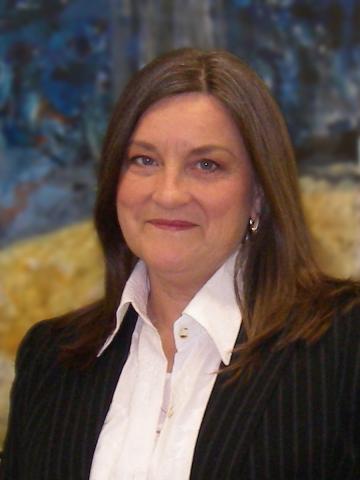“Space weather is driven by the interactions between the solar wind and Earth’s magnetic field, and one of the most important of these interactions is ‘magnetic reconnection,’ a fundamental process that occurs when magnetic fields interact with plasmas,” said Rice University physicist Patricia Reiff, co-author of a new paper about MMS results that’s available online this week from the journal Science.
For Reiff and her MMS colleagues, including mission principal investigator and Rice alumnus James Burch, vice president of Southwest Research Institute in San Antonio, this week’s results are the culmination of a process that began with the initial idea for MMS more than 25 years ago.
Reiff said MMS, a collection of four identical spacecraft that orbit in a pyramid-shaped formation about 6 miles wide, is specifically designed to study region of space tens of thousands of miles above Earth’s surface that is a prime location for magnetic reconnection. This region, known as the “magnetopause,” is where the solar wind — a plasma of positive ions and negative electrons that stream continuously outward from the sun — comes in contact with Earth’s magnetosphere, the region of space dominated by Earth’s magnetic field.
“Magnetic reconnection is a fundamental process that’s responsible for the aurora borealis and australis and space storms here on Earth, as well as for solar flares on our own sun and analogous stellar flares elsewhere in the universe,” said Reiff, a professor of physics and astronomy at Rice who began studying Earth’s magnetosphere more than 45 years ago with instruments left on the moon by Apollo astronauts.
“When two magnets come together, reconnection is the process whereby the magnetic field rearranges itself to link the north pole of one magnet with the south pole of the other,” she said.
Reconnection occurs when the two magnets are not exactly co-aligned. If reconnection occurs in a vacuum or an electrically non-conducting medium like Earth’s lower atmosphere, the process occurs at the speed of light and has no effect on the surrounding medium.
But each medium of space measured by MMS — the solar wind and the magnetosphere — contain a fully ionized plasma that is an excellent electrical conductor. The plasma’s negatively charged electrons and positively charged ions orbit in opposite directions about a given magnetic field line.
MMS mission spacecraft assembly
The MMS mission’s four spacecraft stacked and ready for encapsulation in the launch nose cone at Kennedy Space Center. (Photo courtesy of NASA KSC)
“When the field lines of two different magnetic fields meet in space — as they do at the magnetopause — and try to reconnect, these gyrating particles initially resist,” Reiff said. “Each field line tends to retain its own distinct set of orbiting charged particles. Reconnection occurs when the field lines draw nearer one another than the distance of the ions or electrons orbiting them, and when it occurs, the energy released by the merger is transferred to the particles, which accelerate rapidly, sometimes at nearly light speed.”
This critical distance, known as the diffusion region, is considerably larger for ions than it is for electrons, and MMS is the first spacecraft designed to probe the much smaller “electron diffusion region” where the electrons become decoupled and reconnection actually occurs. The MMS plasma instruments are much faster than any previously deployed to measure the magnetosphere, and are thus designed to catch reconnection “in the act” on its most microscopic scale.
- See more at: http://news.rice.edu/2016/05/12/nasa-probe-results-could-improve-space-weather-forecasts-2/#sthash.FXN5jNS5.dpuf
Bio:

